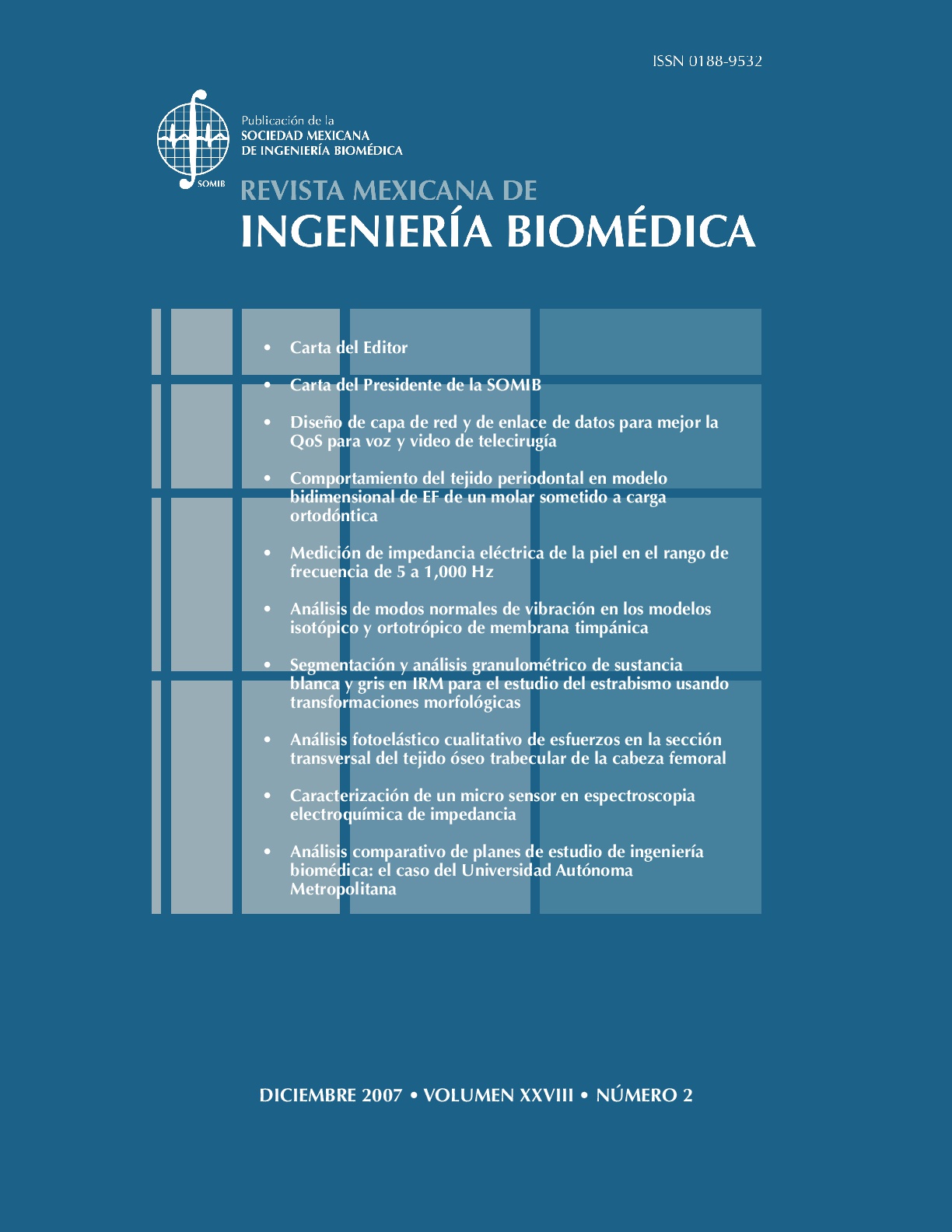A network and data link layer design to improve QoS for voice and video in telesurgery
Abstract
The feasibility and practicability of performing telesurgery depend not only on the ability to overcome the barriers of surgery but also on the ability to transmit data rapidly and securely. Telecommunications designers for telesurgery have focused in the transoceanic WAN links. However, if the WAN link is good enough but the Autonomous System (AS) Network to which the destination hospital belongs doesn’t have the proper configuration; applications running on top could have a very poor performance. This paper presents a network and data link layer infrastructure design that classifies and prioritizes voice and video traffic in order to improve the performance and QoS of telesurgery applications. This infrastructure has been designed taking into consideration a typical AS network, like the one at which end hospitals could connect. In this way, this model can be implemented in any hospital or autonomous system. After implementing it, we ran some tests inside a network laboratory which demonstrated an improvement greater than 75% in any kind of traffic transmission. This rate is enough to perform telesurgery and any real-time application that uses voice and video.
Downloads
Downloads
Published
How to Cite
Issue
Section
License
Upon acceptance of an article in the RMIB, corresponding authors will be asked to fulfill and sign the copyright and the journal publishing agreement, which will allow the RMIB authorization to publish this document in any media without limitations and without any cost. Authors may reuse parts of the paper in other documents and reproduce part or all of it for their personal use as long as a bibliographic reference is made to the RMIB. However written permission of the Publisher is required for resale or distribution outside the corresponding author institution and for all other derivative works, including compilations and translations.




